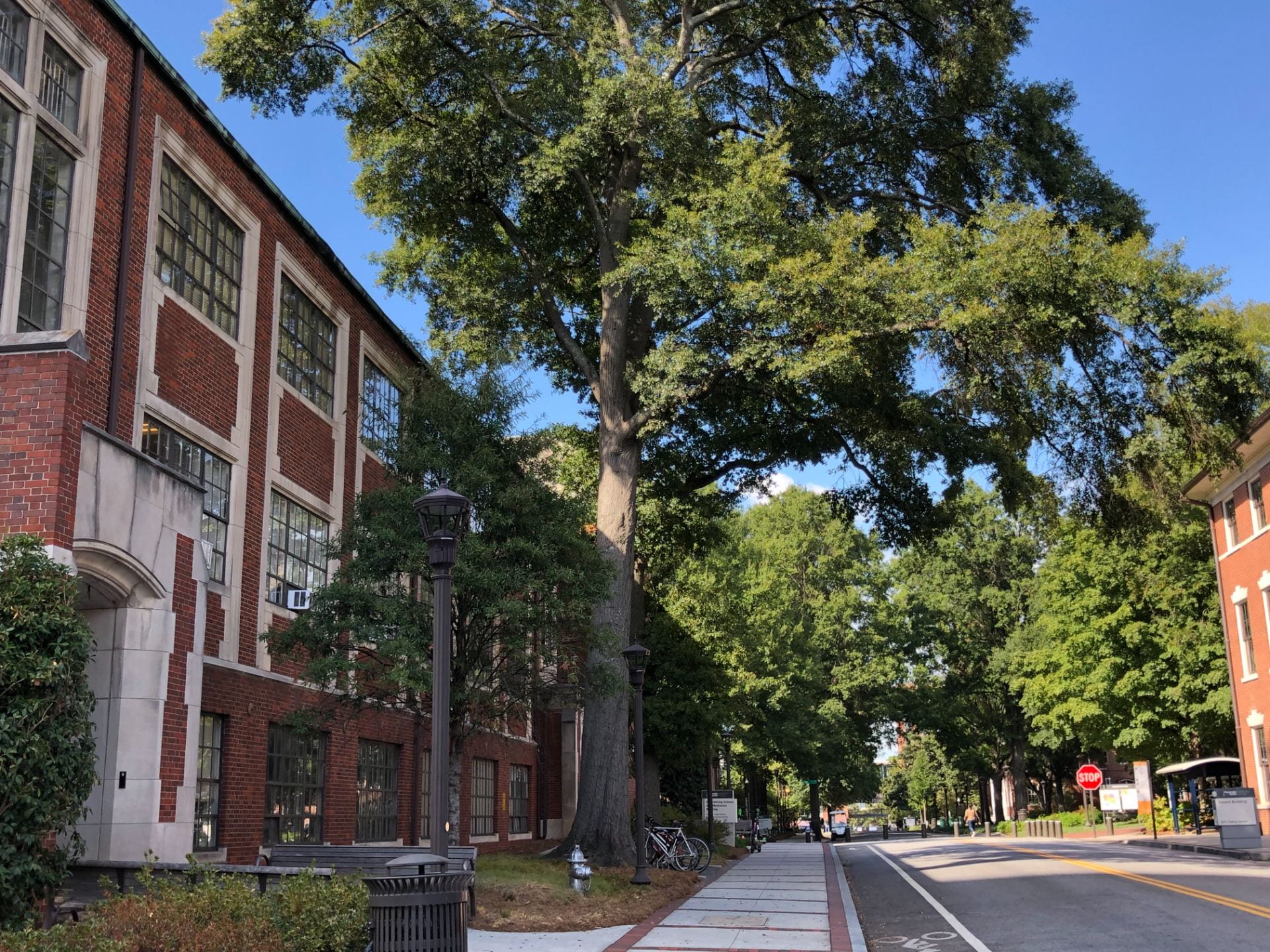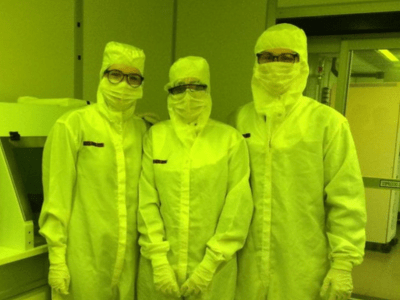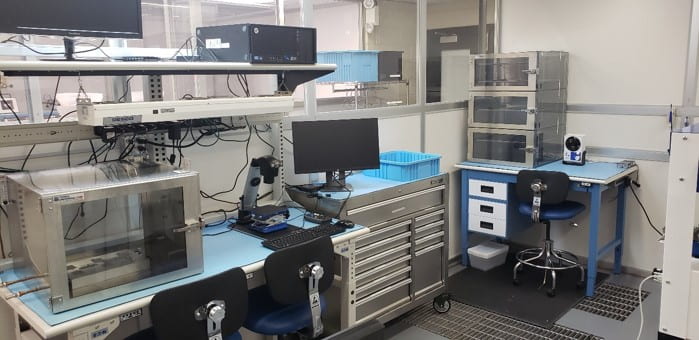Infrastructure
Our members have access to advanced space technology, fabrication, and research facilities. With S-class clean room space and work stations for spacecraft design and assembly, state-of-the-art testing capabilities, research and tracking technology, modern research labs, on-campus mission control center, and more, CSTAR’s facilities support our mission to bring together a wide range of Georgia Tech faculty who are active in space-related research, and to function as a focal point for the growth of the space industry in the state of Georgia.

Space Systems Design Lab
The SSDL covers four floors of the Engineering Science and Mechanics building at Georgia Tech and includes space for mission design, fabrication, testing, and operations.

S-Band Satellite Ground Station
Georgia Tech offers post launch operations through its high gain S-band and UHF/VHF ground stations. The network has been used to command and control numerous spacecraft.

Raven Telescope
The Space Object Research Telescope, a Raven-class space surveillance telescope (0.5m, f/8) capable of directly observing on-orbit space objects and validating algorithm performance.

C-SHAFT
The Center for Space Hardware Assembly, Fabrication and Testing focuses on research, prototyping, & qualification of high-reliability micro-devices for deployment in outer space and includes the GTRI Baker Bldg. Cleanroom.

Spacecraft Assembly Clean Room
Facilities include a Class 100,000 clean room, ESD-safe workbenches, electrical test equipment, and soldering facilities, assembly and inspection stations, solder reflow oven, thermal vacuum chamber, anechoic RF chamber, and 20 ft^2 vibration shaker table.

Dr. Gunter's CubeSat Lab
The lab s primarily used for CubeSat design, development, and testing. It includes software and electronics workstations, a clean room and state-of-the-art testing capabilities.

Dr. Lightsey's Spacecraft Tech Lab
Focused on spacecraft technology hardware design, prototyping, and testing, this lab has more than 1000 ft^2 of workspace, advanced workstations, and the latest testing capabilities.

Mission Operations Center
Space flight missions can be operated from the Mission Operations Center, a 540-square-foot facility in the Engineering Science & Mechanics building.

Tracking Station
This 3m diameter, rotor-driven antenna system, mounted on the roof of the Montgomery Knight building, provides horizon-to-horizon command and data downlink capabilities for spacecraft.

Satellite Ground Station
The C-SHAFT network can track spacecraft and engage in reliable satellite communication, including both high gain S-band receive and transmit capability, and UHF/VHF uplink and downlink capability.

Radio Frequency Anechoic Chamber
The anechoic chamber located at GTRI can be used to conduct EMI/EMC tests on spacecrafts. The facility is instrumented for the indoor testing of electrically small to medium-sized antennas.

